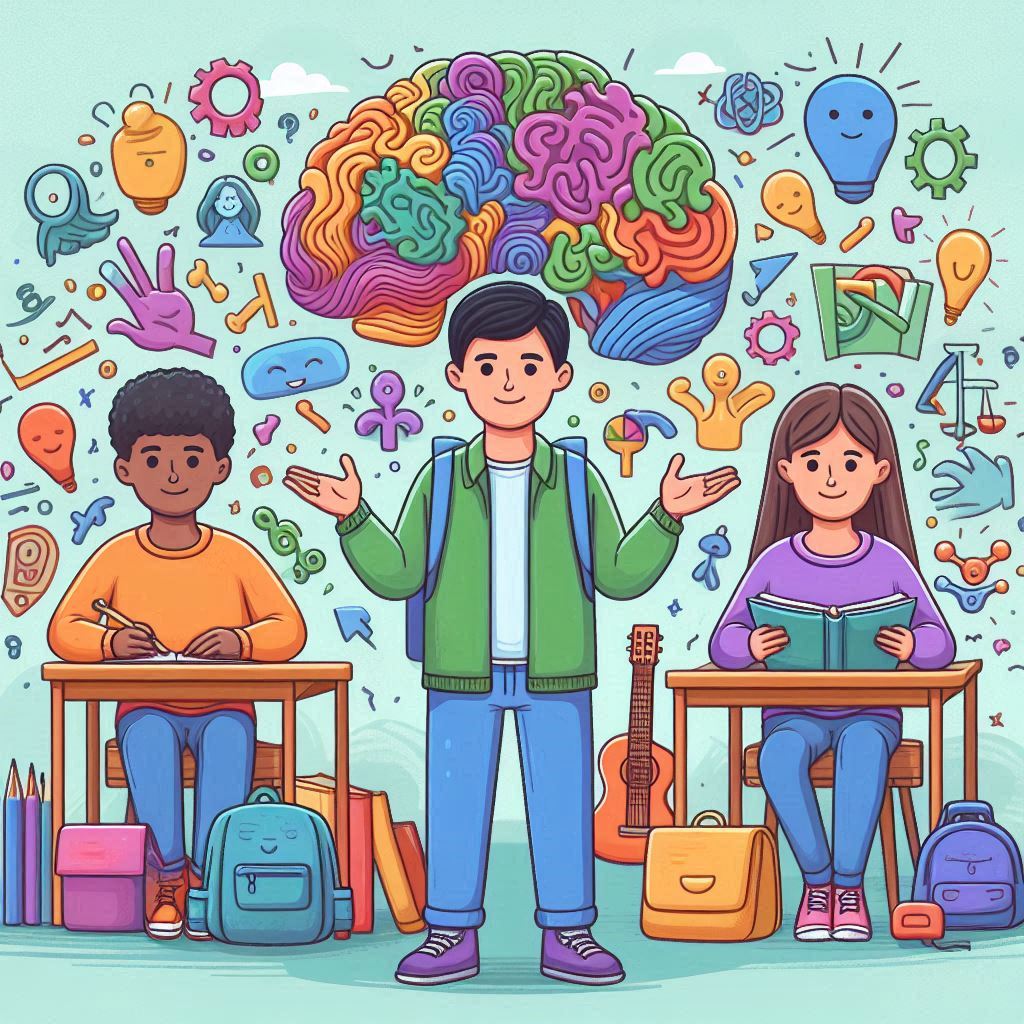A Parent’s Guide to Supporting Your Child’s Needs at School
Recognising Your Child’s Learning Requirements Recognising your child’s specific learning needs is a crucial aspect of providing them with the support they require. Every child is different, possessing their own unique blend of learning styles, strengths, and areas where they may need a bit more assistance. Paying close attention to your child’s behaviour and performance […]








